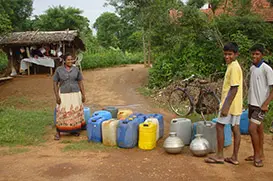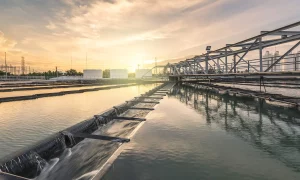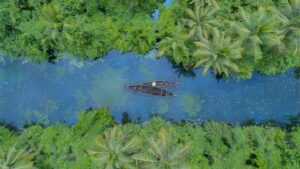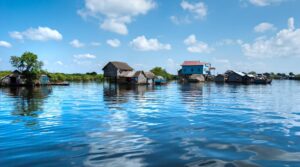PERSPECTIVES

The levels of sanitation and water services coverage, and health attainment, are low among indigenous peoples. This exclusion from basic service has not been sufficiently studied. This review has analyzed 185 articles dealing with indigenous peoples and the water, sanitation and hygiene complex.
The literature is dramatically skewed towards water resources, and overwhelmingly focused on conflicts, at the expense of basic sanitation and hygiene. More initiatives towards the acknowledgement of indigenous peoples’ world-views and institutions in all aspects of the water management cycle are needed. To this end, the development of effective intercultural dialogue mechanisms is crucial.
It is estimated that indigenous peoples constitute some 370 million individuals, representing more than 5000 distinct peoples, living in more than 90 countries in all inhabited continents.
The UN has undertaken a number of political measures to raise the profile of indigenous issues at the international level, proclaiming two separate International Decades of the World’s Indigenous People (1995–2004 and 2005–2014) and establishing the United Nations Permanent Forum on Indigenous Issues (UNPFII) and a special rapporteur on indigenous rights, in place since 2001. The United Nations Declaration on the Rights of Indigenous Peoples was approved in 2007, and was seen to be key in the struggle for indigenous peoples’ rights, because it explicitly recognizes their right to self-determination of political status and economic, social and cultural development.
Despite the progress in the international arena, the current situation of indigenous peoples is alarming. Indigenous peoples suffer a higher burden of disease; they have higher mortality than comparable non-indigenous groups and overall shorter life expectancy. The indigenous are also disproportionally poor. While they constitute approximately 5% of the world’s population, indigenous peoples make up 15% of the world’s poor.




We use cookies on our website to make your experience better. Your personal data is safe and we do not sell it to anyone.
The website is running without cookies, some features will not work.